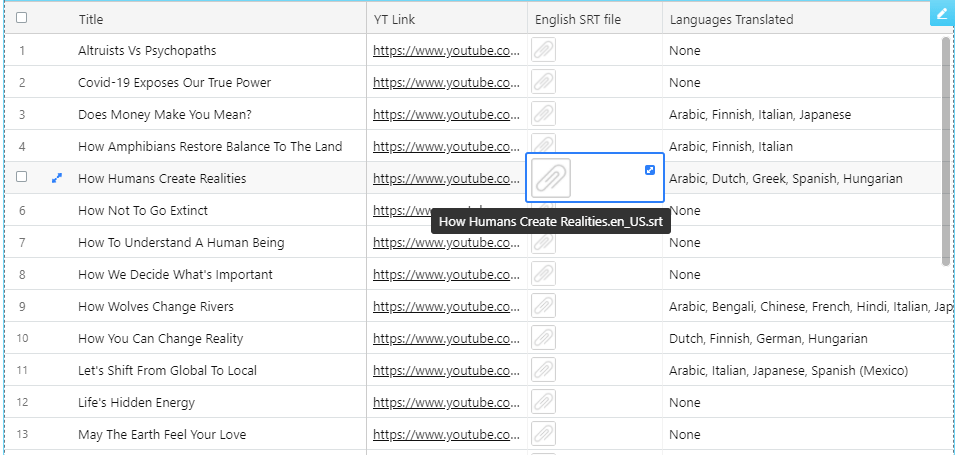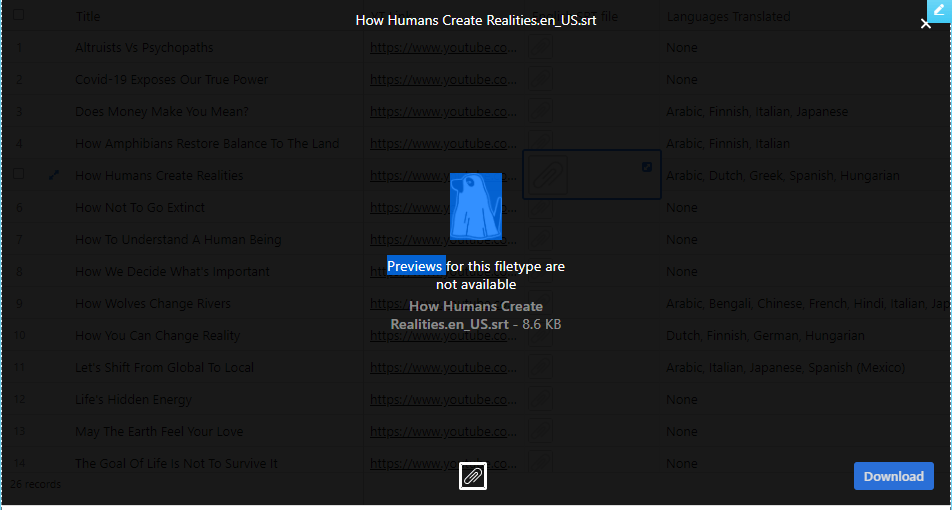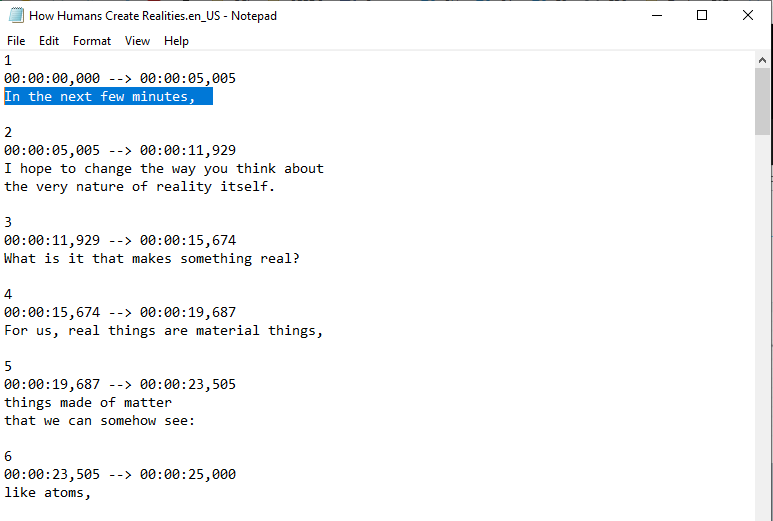
What is the one thing you must be willing to do in order to heal your trauma?

Dr. Nadine Harris has been studying the effects of early childhood adversity on health outcomes later on in life. In her 30 years of studying research, the findings are clear. Childhood trauma dramatically affects health across a lifetime.
These are not some new findings. We’ve known this for 30 years and yet our society has not made any serious effort to make life easier for working class families. By outsourcing good-paying jobs, imposing stiffer sentences for drug offenses, and failing to increase wages, life has become harder across the board. And this ultimately creates even more trauma within families who become overwhelmed by stress. And the question Dr. Harris asks is why.
In the mid-’90s, the CDC and Kaiser Permanente discovered an exposure that dramatically increased the risk for seven out of 10 of the leading causes of death in the United States. Folks who are exposed in very high doses have triple the lifetime risk of heart disease and lung cancer and a 20-year difference in life expectancy. And yet, doctors today are not trained in routine screening or treatment. Now, the exposure I’m talking about is not a pesticide or a packaging chemical. It’s childhood trauma.
I’m not talking about failing a test or losing a basketball game. I am talking about threats that are so severe or pervasive that they literally change our physiology: things like abuse or neglect, or growing up with a parent who struggles with mental illness or substance dependence.
We now understand better than we ever have before how exposure to early adversity affects the developing brains and bodies of children. It affects areas like the nucleus accumbens, the pleasure and reward center of the brain that is implicated in substance dependence. It inhibits the prefrontal cortex, which is necessary for impulse control and executive function, a critical area for learning. And on MRI scans, we see measurable differences in the amygdala, the brain’s fear response center. So there are real neurologic reasons why folks exposed to high doses of adversity are more likely to engage in high-risk behavior,
Even if you don’t engage in any high-risk behavior, you’re still more likely to develop heart disease or cancer. The reason for this has to do with the brain’s and body’s stress response system that governs our fight-or-flight response.
Imagine you’re walking in the forest and you see a bear. Immediately, your hypothalamus sends a signal to your pituitary, which sends a signal to your adrenal gland that says, “Release stress hormones! Adrenaline! Cortisol!” And so your heart starts to pound, Your pupils dilate, your airways open up, and you are ready to either fight that bear or run from the bear. And that is wonderful if you’re in a forest and there’s a bear.
But the problem is what happens when the bear comes home every night, and this system is activated over and over and over again, and it goes from being adaptive, or life-saving, to maladaptive, or health-damaging. Children are especially sensitive to this repeated stress activation, because their brains and bodies are just developing. High doses of adversity not only affect brain structure and function, they affect the developing immune system, developing hormonal systems, and even the way our DNA is read and transcribed.
The other thing that happens when you understand this science is that you want to shout it from the rooftops. I figured the minute that everybody else heard about this, it would be a race to the most effective clinical treatment protocols. Yeah. That did not happen.
At first, I thought that we marginalized the issue because it doesn’t apply to us. That’s an issue for those kids in those neighborhoods. Which is weird, because the data doesn’t bear that out.
If I were to ask how many people grew up with a family member who suffered from mental illness, I bet a few hands would go up. And then if I were to ask how many folks had a parent who maybe drank too much, or who really believed that if you spare the rod, you spoil the child, I bet a few more hands would go up. This is an issue that touches many of us, and I am beginning to believe that we marginalize the issue because it does apply to us. Maybe it’s easier to see in other zip codes because we don’t want to look at it.
The science is clear: Early adversity dramatically affects health across a lifetime. The single most important thing that we need today is the courage to look this problem in the face and say, this is real and this is all of us.
 Nadine Burke Harris is a Canadian-American pediatrician who has been the Surgeon General of California since 2019; she is the first person appointed to that position. She is known for linking adverse childhood experiences and toxic stress with harmful effects to health later in life. Hailed as a pioneer in the treatment of toxic stress, she is the founder and former chief executive officer of the Center for Youth Wellness.
Nadine Burke Harris is a Canadian-American pediatrician who has been the Surgeon General of California since 2019; she is the first person appointed to that position. She is known for linking adverse childhood experiences and toxic stress with harmful effects to health later in life. Hailed as a pioneer in the treatment of toxic stress, she is the founder and former chief executive officer of the Center for Youth Wellness.
Coming soon…
Dr. Nadine Harris has been studying the effects of early childhood adversity on health outcomes later on in life. In her 30 years of studying research, the findings are clear. Childhood trauma dramatically affects health across a lifetime.
These are not some new findings. We’ve known this for 30 years and yet our society has not made any serious effort to make life easier for working class families. By outsourcing good-paying jobs, imposing stiffer sentences for drug offenses, and failing to increase wages, life has become harder across the board. And this ultimately creates even more trauma within families who become overwhelmed by stress. And the question Dr. Harris asks is why.
In the mid-’90s, the CDC and Kaiser Permanente discovered an exposure that dramatically increased the risk for seven out of 10 of the leading causes of death in the United States. Folks who are exposed in very high doses have triple the lifetime risk of heart disease and lung cancer and a 20-year difference in life expectancy. And yet, doctors today are not trained in routine screening or treatment. Now, the exposure I’m talking about is not a pesticide or a packaging chemical. It’s childhood trauma.
I’m not talking about failing a test or losing a basketball game. I am talking about threats that are so severe or pervasive that they literally change our physiology: things like abuse or neglect, or growing up with a parent who struggles with mental illness or substance dependence.
We now understand better than we ever have before how exposure to early adversity affects the developing brains and bodies of children. It affects areas like the nucleus accumbens, the pleasure and reward center of the brain that is implicated in substance dependence. It inhibits the prefrontal cortex, which is necessary for impulse control and executive function, a critical area for learning. And on MRI scans, we see measurable differences in the amygdala, the brain’s fear response center. So there are real neurologic reasons why folks exposed to high doses of adversity are more likely to engage in high-risk behavior,
Even if you don’t engage in any high-risk behavior, you’re still more likely to develop heart disease or cancer. The reason for this has to do with the brain’s and body’s stress response system that governs our fight-or-flight response.
Imagine you’re walking in the forest and you see a bear. Immediately, your hypothalamus sends a signal to your pituitary, which sends a signal to your adrenal gland that says, “Release stress hormones! Adrenaline! Cortisol!” And so your heart starts to pound, Your pupils dilate, your airways open up, and you are ready to either fight that bear or run from the bear. And that is wonderful if you’re in a forest and there’s a bear.
But the problem is what happens when the bear comes home every night, and this system is activated over and over and over again, and it goes from being adaptive, or life-saving, to maladaptive, or health-damaging. Children are especially sensitive to this repeated stress activation, because their brains and bodies are just developing. High doses of adversity not only affect brain structure and function, they affect the developing immune system, developing hormonal systems, and even the way our DNA is read and transcribed.
The other thing that happens when you understand this science is that you want to shout it from the rooftops. I figured the minute that everybody else heard about this, it would be a race to the most effective clinical treatment protocols. Yeah. That did not happen.
At first, I thought that we marginalized the issue because it doesn’t apply to us. That’s an issue for those kids in those neighborhoods. Which is weird, because the data doesn’t bear that out.
If I were to ask how many people grew up with a family member who suffered from mental illness, I bet a few hands would go up. And then if I were to ask how many folks had a parent who maybe drank too much, or who really believed that if you spare the rod, you spoil the child, I bet a few more hands would go up. This is an issue that touches many of us, and I am beginning to believe that we marginalize the issue because it does apply to us. Maybe it’s easier to see in other zip codes because we don’t want to look at it.
The science is clear: Early adversity dramatically affects health across a lifetime. The single most important thing that we need today is the courage to look this problem in the face and say, this is real and this is all of us.
Coming soon…
Find out how video storytelling can help your audience resonate with your sustainable idea, research, campaign or product.



We never send solicitations or junk mail and we never give your address to anyone else.


